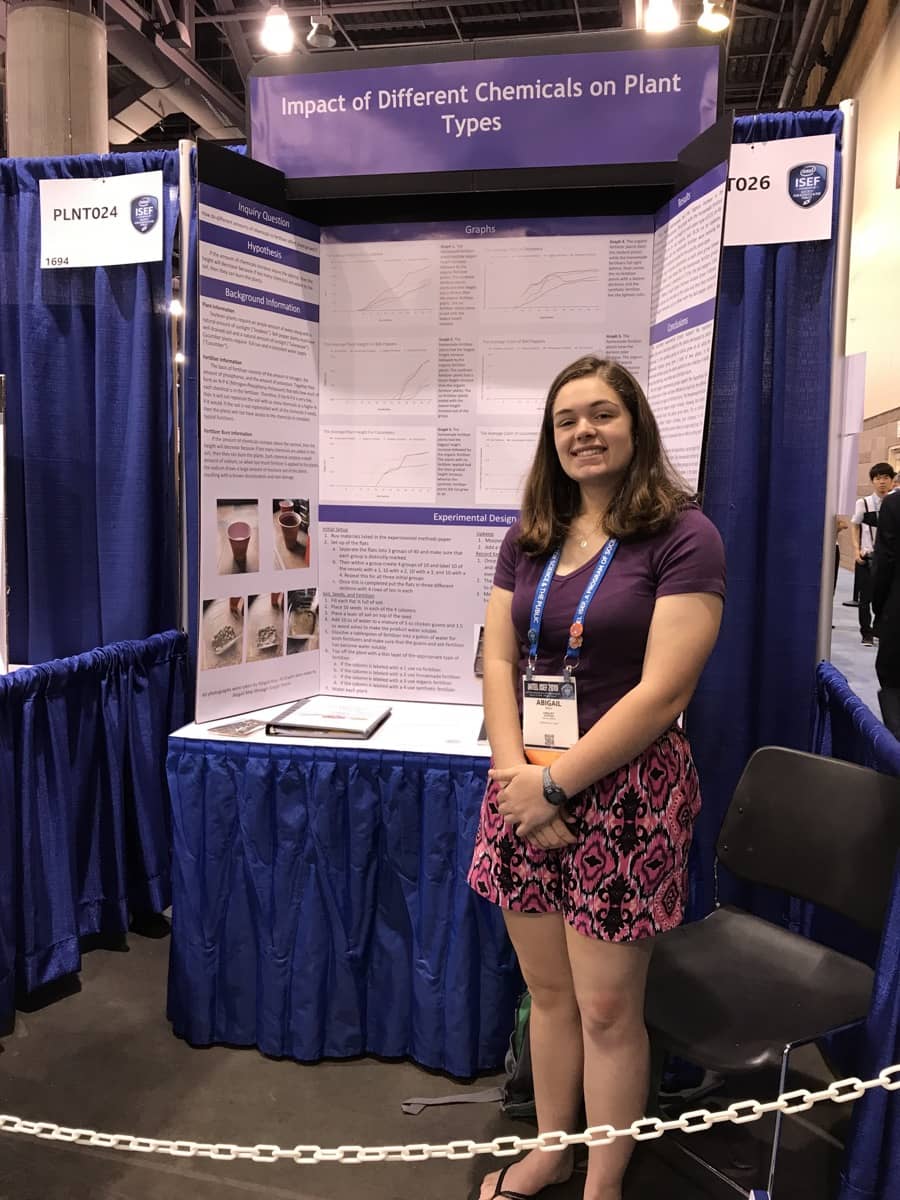Impact of Different Chemicals on Plant Types
How do different amounts of chemicals in fertilizer affect plant growth?
Supervising teacher
Ms. Price
Student
Abigail May
School
Akron St Vincent St Mary
Supporting files
abigail-may-17_final-paper-template.pdf

How do different amounts of chemicals in fertilizer affect plant growth? Well, it was predicted that if the amount of chemicals increase above the optimal, then the height will decrease because if too many chemicals are added to the soil, they can burn the plants. In this experiment, three different plants were studied, soybeans, bell peppers, and cucumbers, to see the effects of fertilizer. Then, each plant was separated into four groups (a synthetic, organic, homemade, and a no fertilizer group) to allow for a change in fertilizer. In these fertilizers three main components were looked at: the amount of nitrogen, phosphorus, and potassium (N-P-K). The N-P-K tells how much of each chemical is in the fertilizer because if it is too high it could add too many chemicals to the soil resulting with fertilizer burn, which is when chemicals are overused, allowing them to draw moisture from the plants, resulting with root damage. As a result of the experiment, it was found that the homemade fertilizer groups ended with the greatest average height in each plant type: 0.51 cm for cucumbers, 2.78 cm for bell peppers, and 24.24 cm for soybeans. From this data, it has been gained that the more chemicals added to the plants decreased its chance of survival, and that smaller amounts of chemicals increase the growth of plants. Overall, this information can be used for big picture farming ideas, or even for the local farms that need new methods of farming.